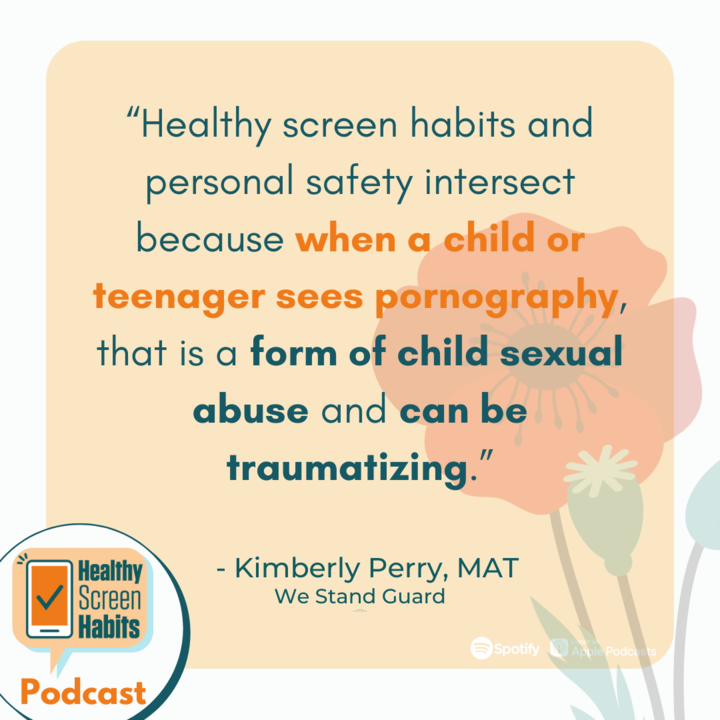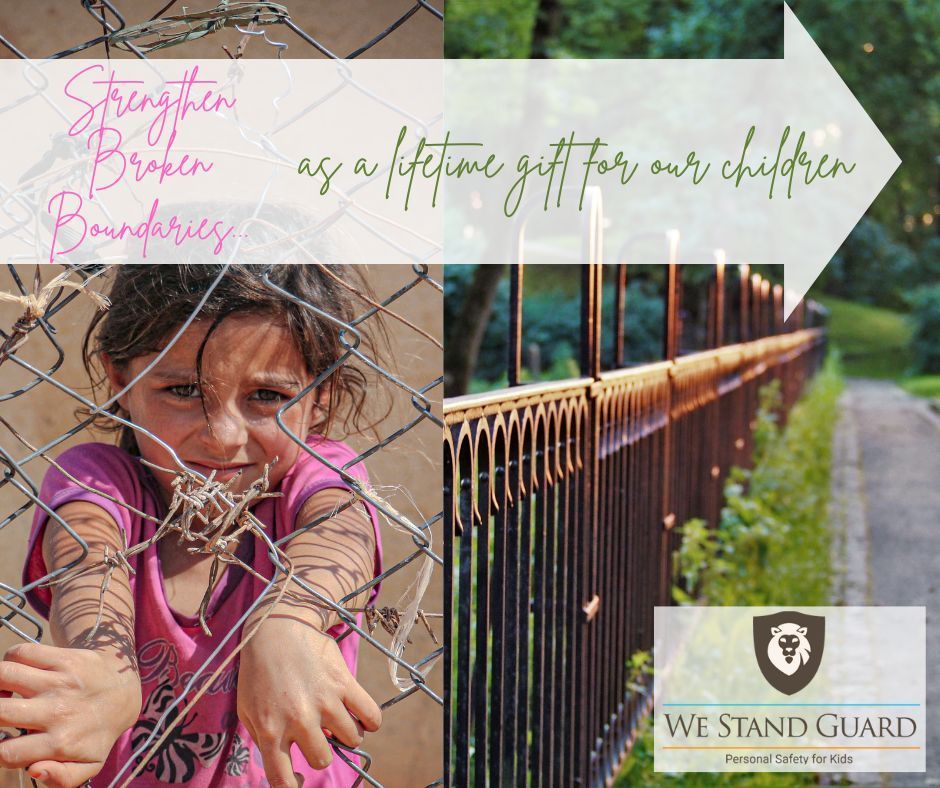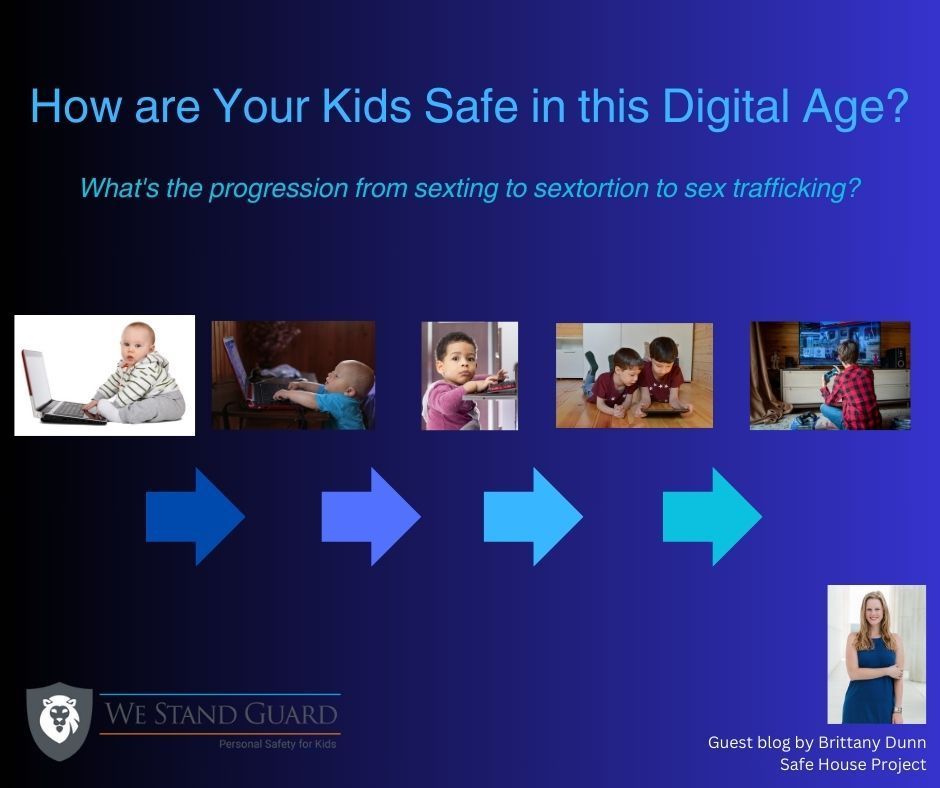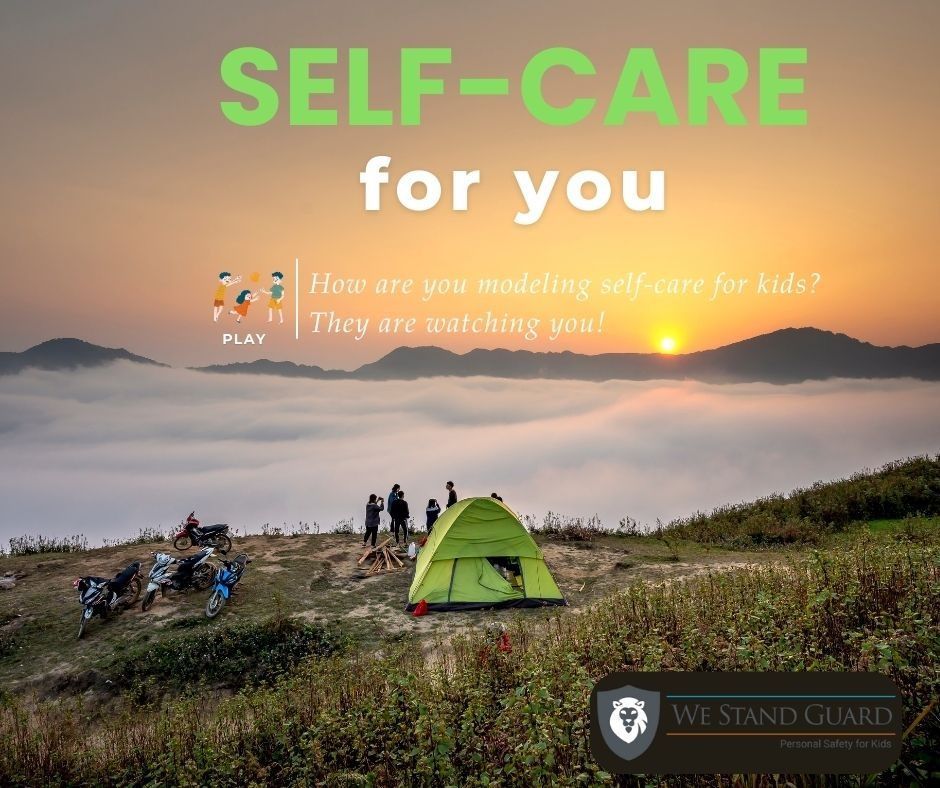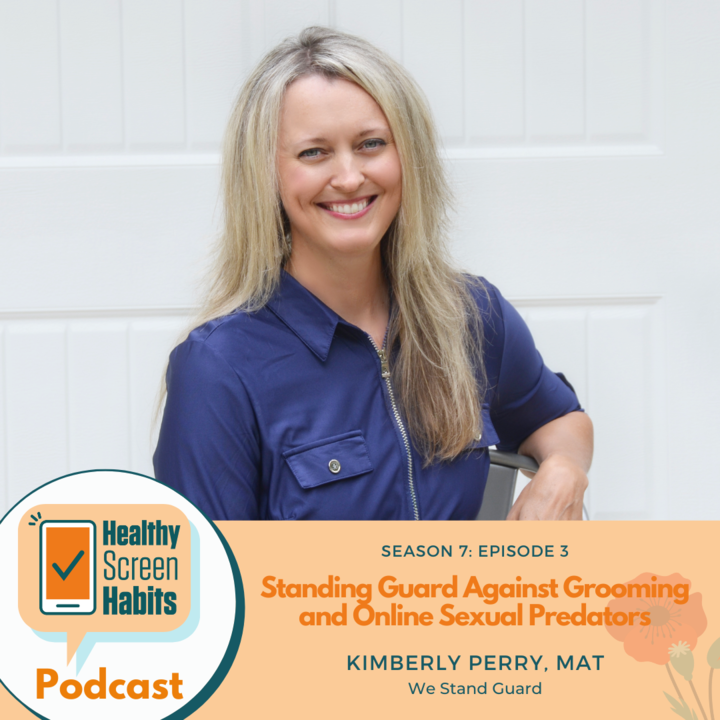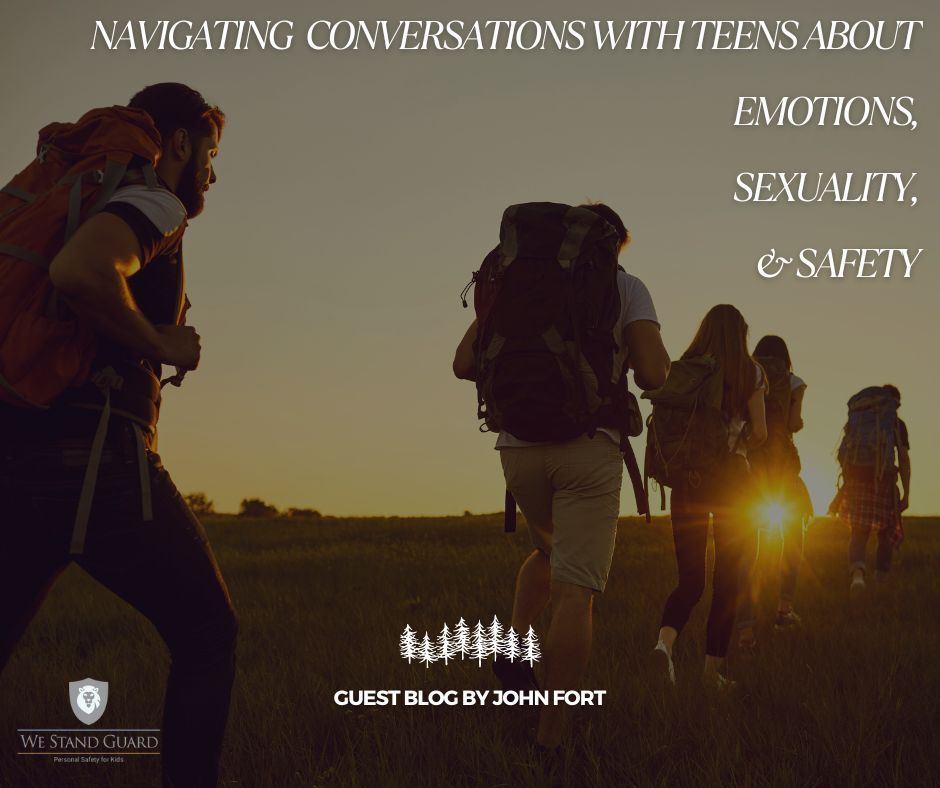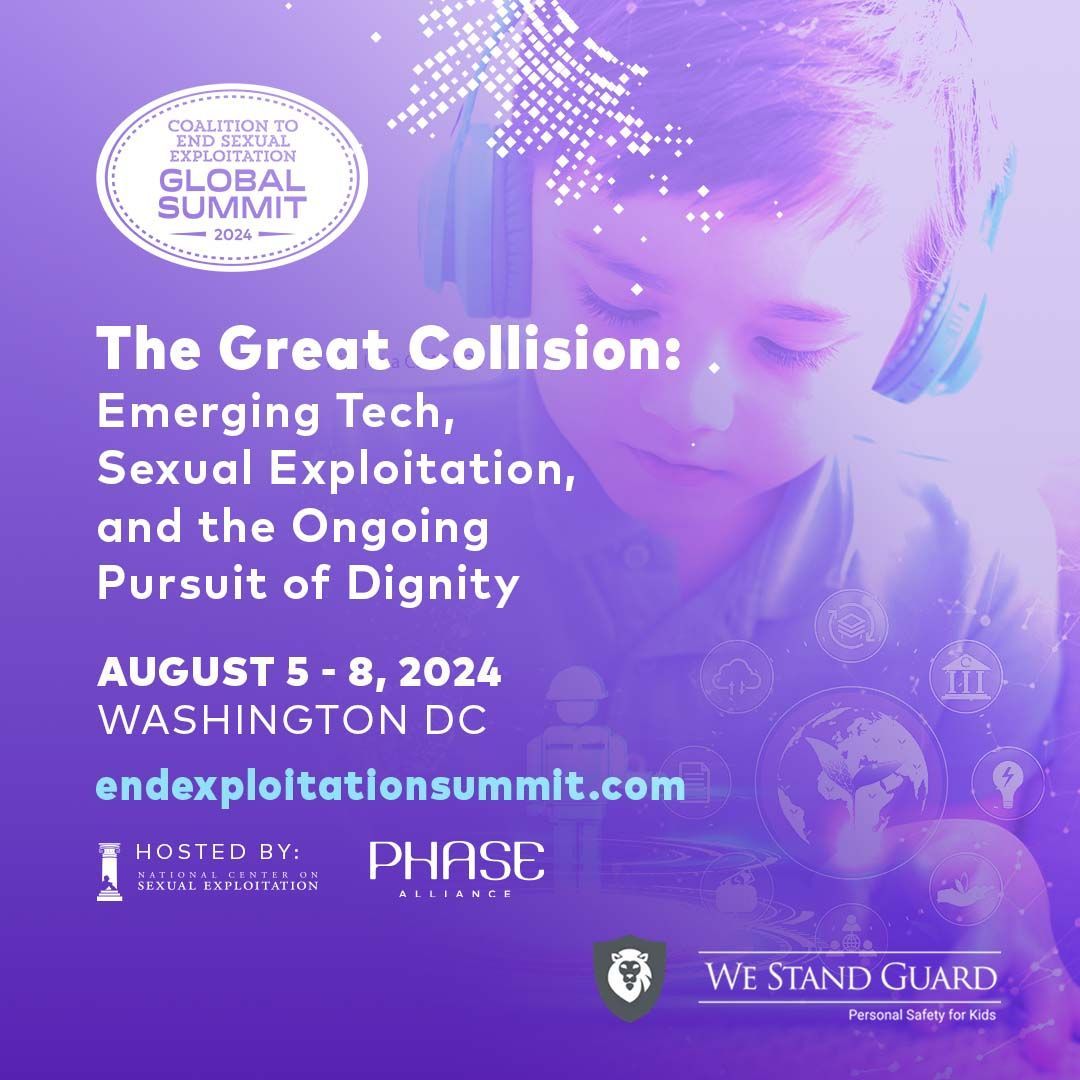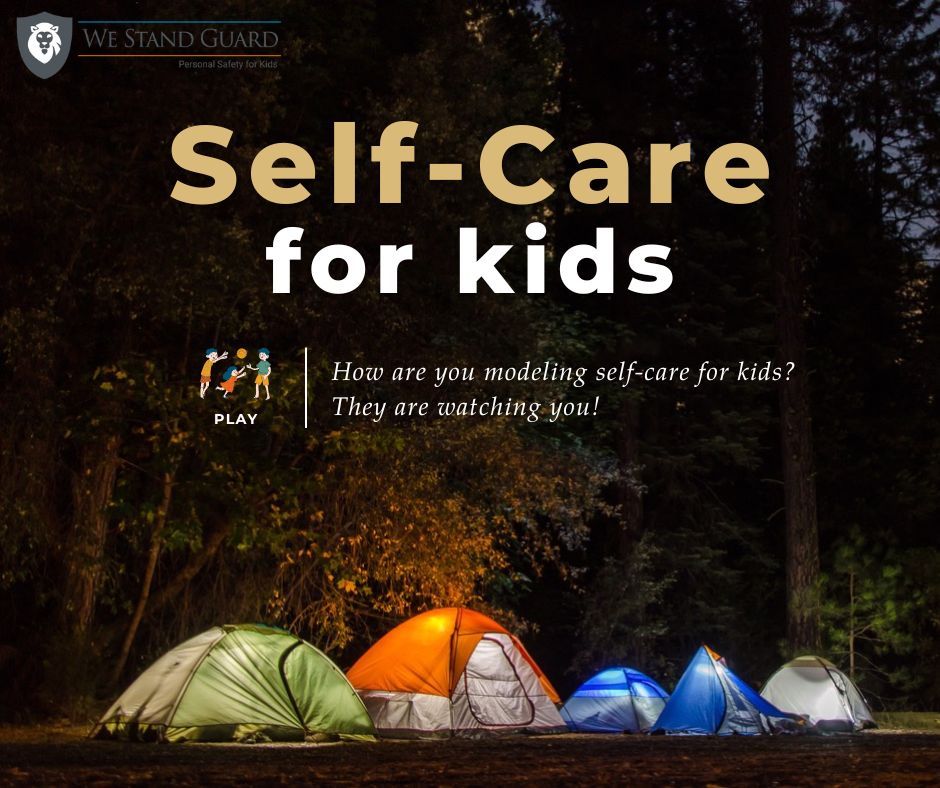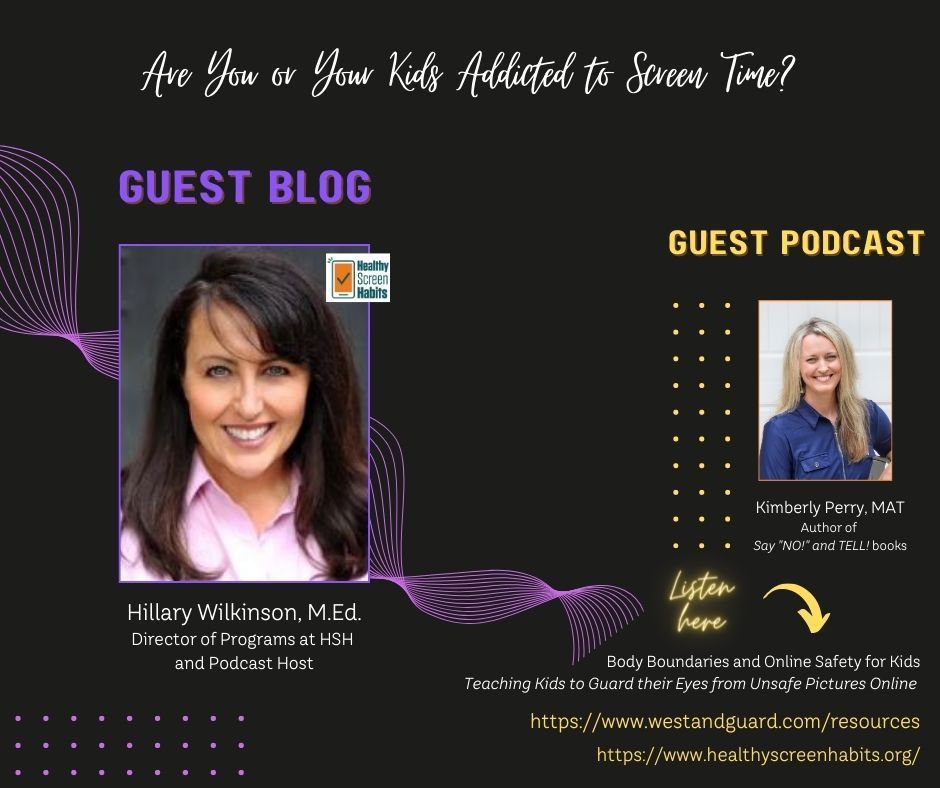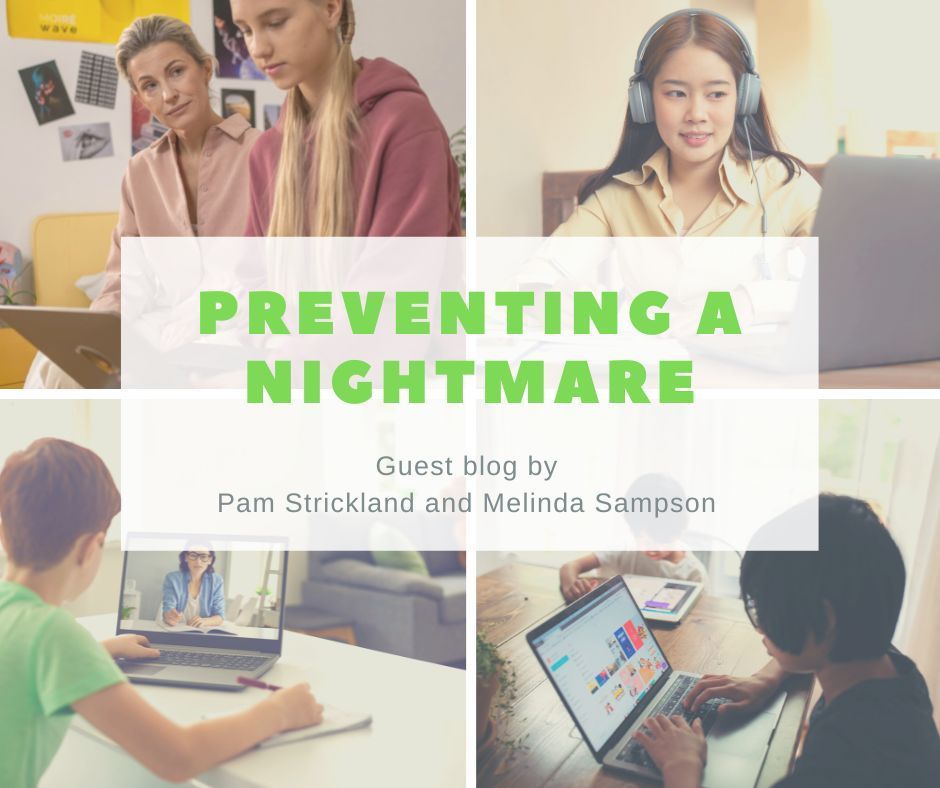Child Sexual Abuse includes Kids Seeing P*rnography
Learn more in two ways!
After people read a Say "NO!" and TELL!
book, they often realize that, "wow, this has happened to me...or to someone I know. I just learned 'THAT' was child sexual abuse." It's important to understand the definitions - for a grown-up vs a child - by getting back to the basics.
The language we use as adults needs to become child-friendly and age-appropriate for children with words and concepts they understand while relating to their real world (which does not need to include reproduction).
Also, we need to teach kids to guard their eyes from unsafe pictures online (e.g. pornography).
LEARN MORE IN TWO WAYS:
1.
LISTENING TO MY
NEW PODCAST
with Hillary Wilkinson at
Healthy Screen Habits
2.
READING THIS BLOG...
What
exactly
is personal safety, child sexual abuse (CSA) and pornography?
Let's define personal safety.
As a health educator, we call prevention of child sexual abuse personal safety, which includes both physical and non-physical contact child sexual abuse.
Healthy screen habits and personal safety connect because when a child/teen sees pornography, that is a form of CSA, and can be traumatizing. It is important to begin talking to youth about pornography when a child first has access to the Internet. Some say the average age of exposure to pornography is 8 yrs old, although we have all seen infants and toddlers on devices. So talking to kids around 5 years old can make sense. Will they learn about pornography from you or by inadvertently seeing the abusive and traumatic images themselves?
Let’s define child sexual abuse.
A definition for grown-ups
Any contact or interaction (visual, verbal, or psychological)
between a child/minor and an adult or between two minors, when a child/minor is being used
when one exerts power over another with force, coercion, or persuasion for the sexual stimulation of the perpetrator or any other person.
A
definition
for children
Someone older or bigger tricks or makes a child
have physical touch with either one’s private parts
or non-touching interactions like seeing pictures or hearing uncomfortable words about private parts.
Let's define pornography.
A definition
for grown-ups
Pornography is made of two Greek words: porne
means “prostitutes” and graphein
means “to write about.” In today’s digital world, we have images of porn in both form and function. The form or the “act” and “content” of porn has changed from words into images, but the function or “intention” remains the same.
According to Jill C. Manning ( What's the Big Deal about Pornography
, p. 2):
" Pornography is material specifically designed to arouse sexual feelings in people by depicting nudity, sexual behavior, or any type of sexual information. This can refer to pictures, stories, sounds, symbols, actions, or words that depict bodies and/or sexual behavior."
Gail Dines says
we live in a “pornified culture!”
Porn is an aggressive industry (MindGeek has the porn monopoly – a global conglomerate) that targets 11- 14 year old since their brains are still forming and highly susceptible to addiction (response is 4 X stronger than adults).
Dr. Gary Lynch, a neurologist,
says viewing pornography releases dopamine and adrenaline and surges the reward system causing a similar reaction to your brain as drug use. Also, oxytocin, can cause one to bond with fantasy and reject reality. Addiction footprint on the brain is atrophy in the striate or reward system – the more viewing per week, the more it changes. “An event which lasts a half a second within 5-10 min. has produced a structural change as profound as the structural changes one sees in (brain) damage…” due to neuroplasticity - the brain is plastic and it changes just like muscles. It is modified by the behavior it produces and multiplicity such as porn driving the virtual reality industry (Oculus Rift) which even more highly addictive (i.e. Japan).
As pornography becomes normalized, it’s also become more explicit, violent, racist, humiliating, and dehumanizing, while focusing on aggressive sexual activity (i.e . 50 Shades of Gray
)., consumption of pornography causes desensitization – in order to experience arousal, many seek ever harsher more violent and degrading images, plus it’s free online. Pornography is a public health crisis. According to www.strengthtofight.ca
porn is criminal, not entertainment. About 88% of scenes in porn films contain acts of physical aggression and 49% of scenes contain verbal aggression. The “portrayed” abuse in porn scenes are real and many of the porn performers are sex trafficked.
A definition for children
Pictures of people without any clothes on which can make you feel uncomfortable, embarrassed, or sick to your stomach or also feel exciting--which can be confusing to experience two feelings at the same time ( Kristen Jenson, author of Good Pictures, Bad Pictures)
.
I explain to kids that nudity or nakedness means a person without clothes. If a person tries to show you his/her private parts (pictures or videos too) or talks about private parts in uncomfortable ways …
then say “NO!” and get away if you can and TELL a trusted grown-up ( phase II of my Three-phase approach
Ⓒ, I address boundaries for "people safety" using child-friendly and age-appropriate language (p 23 -24 in the In my Say “NO!” and TELL! books).
I teach kids to guard their eyes from what you see or hear. Examples of non-physical contact child sexual abuse
may include exhibitionism (flashing), voyeurism (watching others), exposure to pornography or sexual communication via phone or Internet. These examples can be grooming schemes of an abuser to try and normalize the next steps toward physical contact child sexual abuse.
What ages are kids being exposed to porn?
Exposure to pornography can happen when they first have access to the Internet, in my opinion along with other experts in this prevention education field. According to the third
Youth Internet Safety Survey, published in 2010,
the ages when youth were unwillingly exposed to nudity online were:
10-12: 15%
13-15: 23%
16-17: 28%
Sophie Curtis Technology and Science Editor, 19 Sep 2016
However, children are accessing pornography earlier than ever, with under-10s now accounting for one in 10 of the visitors to porn video sites. Children under the age of 10 now account for 22% of online porn consumption among under-18s, according to research by security technology company Bitdefender.
Some 10% of the visitors to porn video sites are less than 10 years old, Bitdefender research shows.
Internal intelligence from Bitdefender's parental control feature revealed that the sites most visited by children under 10 include xvideos.com, xnxx.com and pornhub.com.
Although most porn websites ask users to confirm they are 18 or older, they have no way to verify the real age of the visitors.
When do we start talking about pornography with kids?
When a child first has access to devices and the Internet. Infants, toddlers, children and teens are just one click away from pornographic or XXX “hard core” content with the high accessibility to the Internet. According to Kristen Jenson, author of Good Pictures, Bad Pictures, https://www.defendyoungminds.com/post/how-do-kids-find-porn-top-10-ways-in-2023 , kids can be exposed to porn in 10 ways including social media, apps, Smartphones (or secret burner phones), video and music streaming services, other kids’ devices and homes, grandparents or other family members homes, online gaming and video game consoles, school, VR and AI generated art we carry in our purses and pockets.
And, based on these two historical studies below, the sooner the better.
Study 1 in 2007 – According to researchers at the University of Washington and Seattle Children’s Hospital Research Institute , published today in the Archives of Pediatrics and Adolescent Medicine. A large number of parents are ignoring warnings from the American Academy of Pediatrics and are allowing their very young children to watch television, DVDs or videos so that by 3 months of age 40 percent of infants are regular viewers. That number jumps to 90 percent of 2-year-olds.
“Exposure to TV takes time away from more developmentally appropriate activities such as a parent or adult caregiver and an infant engaging in free play with dolls, blocks or cars,” said Frederick Zimmerman, lead author of the study and a UW associate professor of health services.
“While appropriate television – screen time - viewing at the right age can be helpful for both children and parents, excessive viewing before age 3 has been shown to be associated with problems of attention control, aggressive behavior and poor cognitive development. Early television viewing has exploded in recent years, and is one of the major public health issues facing American children.” May 7, 2007, Jennifer Seymour
Study 2 in 2019 – According to Dr. John Hutton, a pediatrician and clinical researcher at Cincinnati Children’s Hospital screen time use by infants, toddlers and preschoolers has exploded over the last decade , concerning experts about the impact of television, tablets and smartphones on these critical years of rapid brain development.
Now a new study scanned the brains of children 3 to 5 years old and found those who used screens more than the recommended one hour a day without parental involvement had lower levels of development in the brain’s white matter – an area key to the development of language, literacy and cognitive skills. “This is important because the brain is developing the most rapidly in the first five years,” Hutton said. “That’s when brains are very plastic and soaking up everything, forming these strong connections that last for life.”
Studies have shown excessive TV viewing is linked to the inability of children to pay attention and think clearly , while increasing poor eating habits and behavioral problems. Associations have also been shown between excessive screen time and language delay, poor sleep, impaired executive function , and a decrease in parent-child engagement.
“It’s known that kids that use more screen time tend to grow up in families that use more screen time,” Hutton said. “Kids who report five hours of screen time could have parents who use 10 hours of screen time. Put that together and there’s almost no time for them to interact with each other.”
In addition, the portability of today’s screens allow them to “follow kids everywhere.” Hutton said. “They can take screens to bed, they can take them to meals, they can take them to the car, to the playground.” Mon November 4, 2019, Dr. John Hutton, a pediatrician and clinical researcher at Cincinnati Children’s Hospital
How do we get kids to stay away from pornography?
Rehearse and role play these five action steps for personal safety since it is not a matter of if, but when a child may experience a questionable situation:
1. Say “NO!”
2. GET AWAY if you can!
3. TELL someone!
4. KEEP TELLING until it stops!
5. Take a stand!
It is key to emphasize KEEP TELLING as many people as it takes until someone believes you and makes it stop!
Kids can memorize this as a jingle:
Remember to Say NO
And GET AWAY if you can
TELL someone and KEEP TELLING
Until it stops; take a stand!
How do we get kids to want to make the right choices with screen time?
I highly recommend using a Love and Logic approach with kids of all ages. And incentivize or feed what you want to grow. And, some of you may remember my #1 healthy screen habit tip! I recently read the book Essentialism by Greg McKeown and he shared a brilliant Technology Token System, which is...
"Give the children ten tokens at the beginning of the
week. These could be traded in for either 30 minutes of screen time or
fifty cents at the end of each week, adding up to $5 or five hours of screen
time a week. If a child reads a book for 30 minutes, her or she would earn an
additional token, which could also be traded in for screen time or for money.
The results were incredible: overnight, screen time went down 90%, reading went
up by the same amount, and the overall effort we had to put into policing the
system went way, way down. In other words, non-essential activity dramatically
decreased and essential activity dramatically increased. Once a small
amount of initial effort was invested to set up the system, it worked without
friction.
The key is to start small, encourage progress
and celebrate small wins." (p 198)
This approach incentivizes the right
things while foundationally providing the power of choice for kids to
foster individuation. Also, this system wisely positions parents in a
supportive role, much like the Love and Logic
approach to parenting/educating - empowering kids and teens with
age-appropriate choices - that I found to be nearly fool
proof and wholly effective will all kids throughout my entire career.
In fact, I recently had a sleep over with my 11-year-old triplet nephews and grandma and grandpa’s house and one of the first thing the boys asked upon arrival was "Do you have any good books to read around here? We are earning tech time." I continued reading the Judy Blume series aloud Tales of the Fourth Grade Nothing and now SuperFudge. They even shared with my brother/their dad about the funny parts as were all laughing a lot, plus my theatrics help, I imagine. I was amazed at the fast results.
